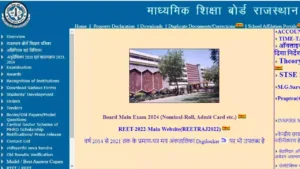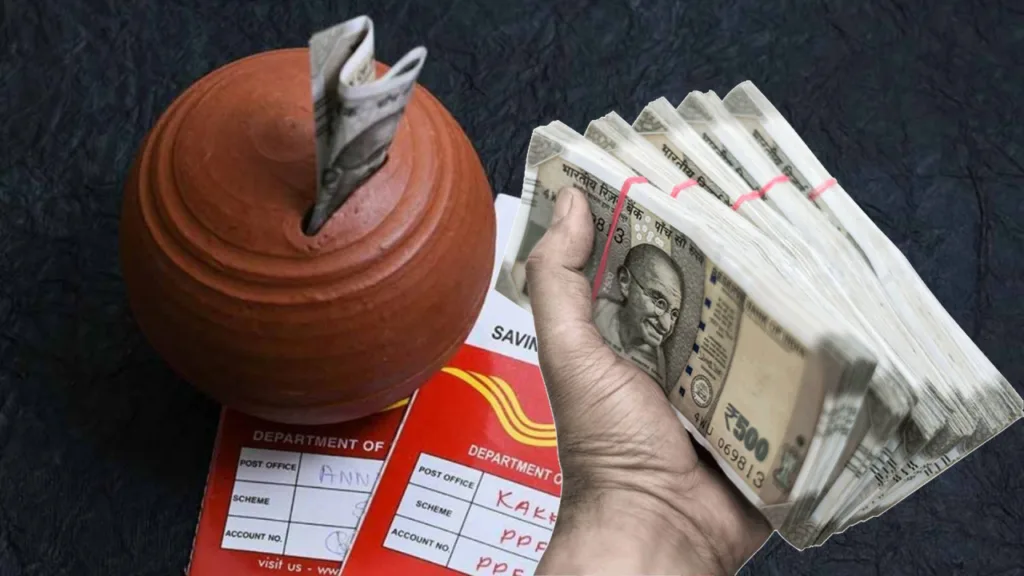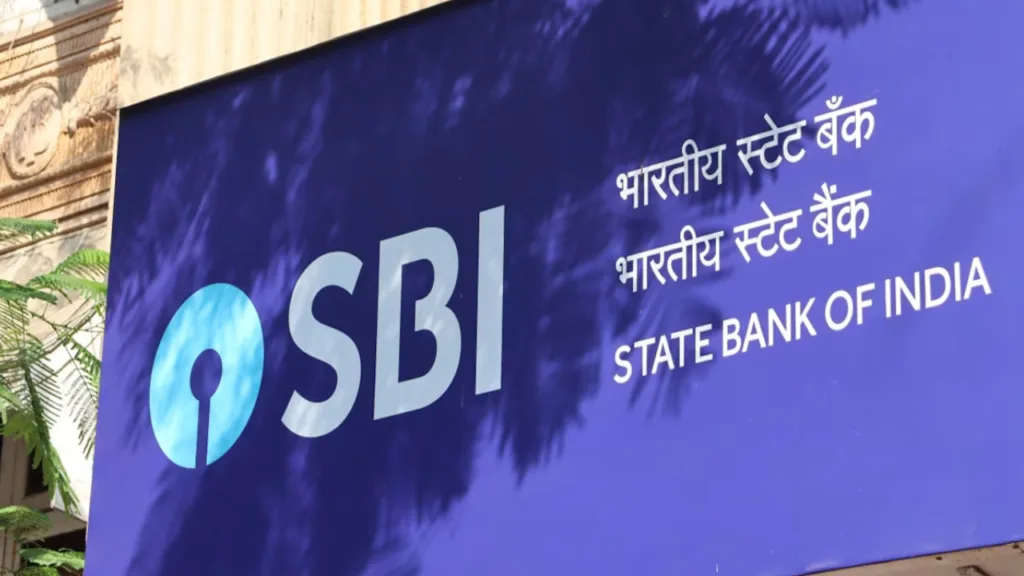Craving Financial Freedom? A Comprehensive Guide to Getting a Loan in India
Need a financial boost to fulfill a dream, manage an unexpected expense, or consolidate existing debts? A loan can be a powerful tool to achieve your goals, but navigating the process can feel overwhelming, especially for first-time borrowers. Worry not! This detailed guide, crafted with the Indian borrower in mind, will walk you through every step of obtaining a loan, empowering you to make informed decisions and secure the resources you need.
Step 1: Assess Your Needs and Eligibility
Before diving into the application process, it’s crucial to understand your specific needs and eligibility. Here’s what to consider:
- Loan purpose: Identify the reason for needing a loan. Whether it’s for a wedding, medical emergency, home renovation, or debt consolidation, clarity on your purpose will help you choose the right loan type and amount.
- Loan amount: Determine the exact amount you require. Don’t overestimate your needs, as borrowing more than necessary can lead to unnecessary debt burden.
- Repayment capability: Honestly evaluate your income and existing financial commitments. Can you comfortably manage the monthly loan installments (EMIs)? Use online EMI calculators to estimate your EMIs based on different loan amounts and interest rates.
- Eligibility criteria: Different lenders have varying eligibility requirements. Age, income, credit score, employment status, and residential location are some common factors considered. Research the eligibility criteria of different lenders to ensure you meet their standards before applying.
Step 2: Research and Compare Loan Options
With a clear understanding of your needs and eligibility, it’s time to explore loan options. Here’s how to conduct your research effectively:
- Compare loan types: Different loan types cater to various purposes. For example, personal loans offer flexibility for diverse needs, while home loans are specifically designed for property purchase. Research and understand the features, interest rates, and terms of different loan types to find the one that best suits your requirements.
- Compare lenders: Don’t settle for the first offer you encounter. Compare loan options from various banks, non-banking financial companies (NBFCs), and online lenders. Consider factors like interest rates, processing fees, prepayment charges, and customer reviews to make an informed decision.
Here’s a table summarizing the key factors to compare when researching loan options:
| Feature | Description |
|---|---|
| Loan type | Personal loan, home loan, car loan, education loan, etc. |
| Interest rate | The cost of borrowing the money, expressed as a percentage of the loan amount. |
| Processing fee | A one-time fee charged by the lender for processing your loan application. |
| Prepayment charges | A fee levied by the lender if you repay the loan before the end of the term. |
| Repayment tenure | The duration over which you need to repay the loan, typically ranging from months to years. |
| Additional charges | Look for hidden charges like documentation fees, telegraphic transfer (TT) charges, etc. |
Step 3: Gather Required Documents
Once you’ve chosen a lender and loan type, gather the necessary documents to support your application. These may typically include:
- Identity proof: PAN card, Aadhaar card, Voter ID card, or passport.
- Address proof: Utility bills, rental agreement, or property ownership documents.
- Income proof: Salary slips, bank statements, or Income Tax Returns (ITRs) for self-employed individuals.
- Employment proof: Letter of employment or company ID card.
- Loan-specific documents: Some lenders might require additional documents specific to the loan type, such as property papers for a home loan.
Step 4: Submit the Loan Application
With all the documents in order, you can proceed with submitting your loan application. This can be done in two ways:
- Offline: Visit the nearest branch of your chosen lender and submit the application physically.
- Online: Most lenders offer online application portals. Fill out the online application form, upload the required documents, and submit it electronically.
Step 5: Loan Processing and Approval
Once you submit your application, the lender will verify your documents and assess your creditworthiness. This process can take a few days to a few weeks.
Here are some tips to expedite the loan processing:
- Ensure all documents are complete and accurate.
- Submit clear and legible copies of documents.
- Respond promptly to any communication from the lender.
Step 6: Loan Disbursement and Repayment
If your loan gets approved, the lender will disburse the loan amount as per the agreed-upon terms. Here’s what to keep in mind:
- Review loan agreement: Carefully review the loan agreement before signing. Ensure all details, including loan amount, interest rate,














